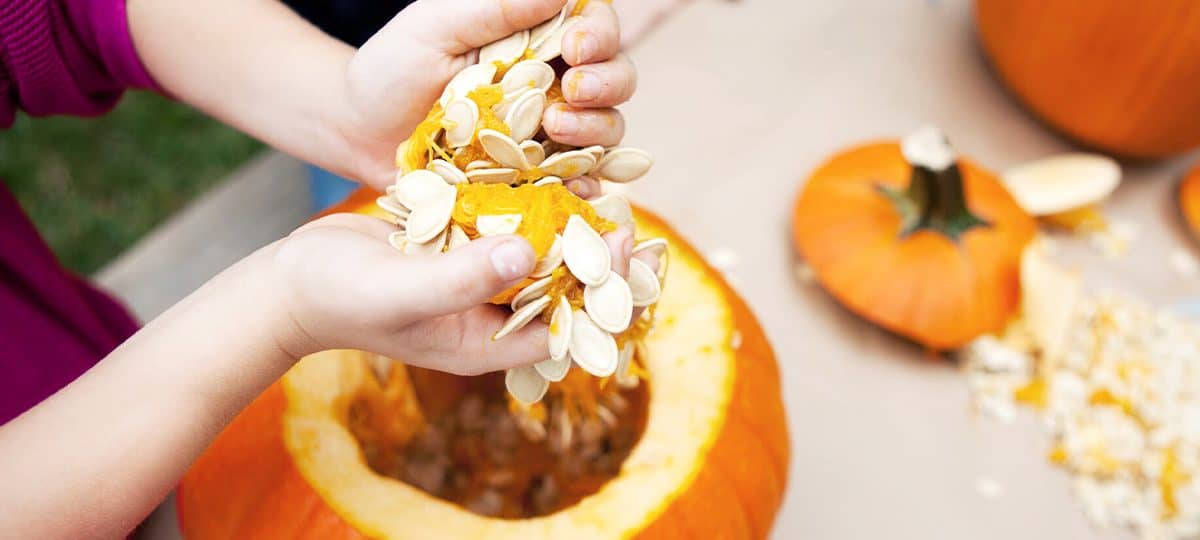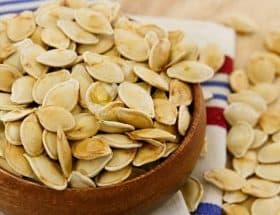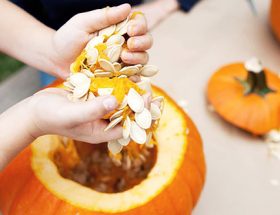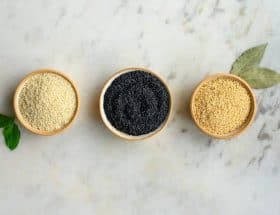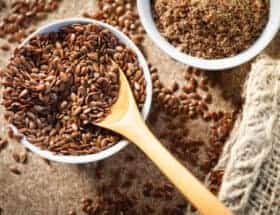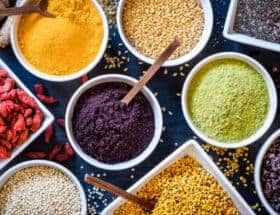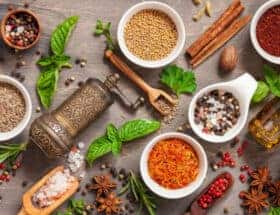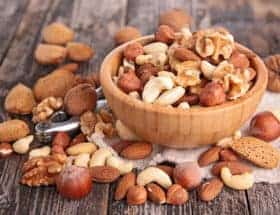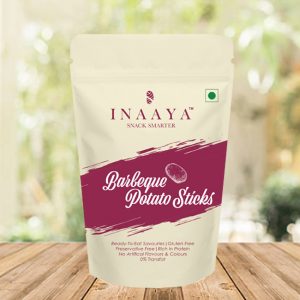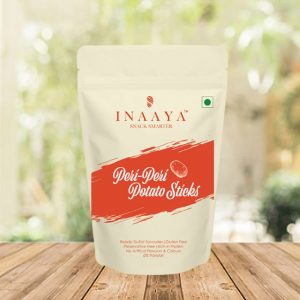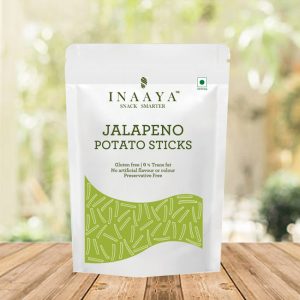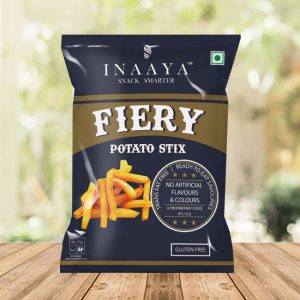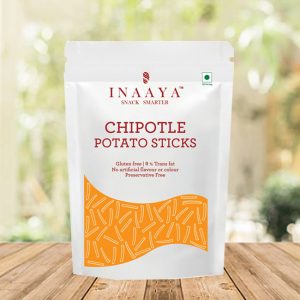Introduction
As the name suggests, pumpkin seeds are seeds of pumpkins which belong to the Cucurbita family just like watermelon, cucumber, cantaloupe, squash, etc. These seeds are flat, dark green and usually enclosed within a yellow-white husk (shell). Pumpkin seeds have a supple, crusty texture, subtle sweetness and a nutty flavour. These seeds are delightful and can be enjoyed throughout the year apart from the festive season. Pumpkin seeds are popular since ages for holding essential minerals and nutrients. These seeds are the depository of zinc, manganese, phosphorus, copper, magnesium, protein and iron. It is better to purchase unshelled seeds as the shell increases the lifetime and quality of these seeds. Pumpkin seeds benefits and uses have made this food item a standard part of cuisine in Eastern Europe and the Mediterranean. In India, pumpkin seeds besides being a core ingredient of classic dishes also play a dominant role in medical science.
Origin and History
As per the Archaeological reports, pumpkins were first originated in Central America around 7500 years ago and so were the seeds. In the 15th century, Christopher Columbus discovered pumpkin fields and brought varieties of pumpkins and pumpkin seeds to Europe. In the 18th-century pumpkin seeds uses and pumpkin seeds benefits had spread across the countries and led to an increase in pumpkin cultivation and trade. This century also gave pumpkin seeds a significant place in the field of pharmacy and medicines. By the end of the 19th century, different species of pumpkin seeds were mutated, which resulted in the growth of no peel pumpkin seeds and was a drastic success. Today, diversified species of pumpkin seeds are produced, exported and imported globally. Pumpkin seeds use, benefits and nutrition has gained popularity worldwide and therefore has grabbed a place in every cuisine.
Nutritional Value of Pumpkin Seeds
100 grams of in-shell salted roasted pumpkin seeds provides calories 446, healthy fat 19 gram, sodium 18 gram, potassium 919 mg, carbs 54 gram, dietary fibre 18 gram, protein 19 gram, vitamin A 1%, calcium 5%, iron 18%, magnesium 65%
*percentages are based on a general dosage of 2000 calories a day.
What Quantity of Pumpkin Seeds Should You Eat?
According to research, it’s always good to have ¼ cup of pumpkin seeds, which is approx. 30 grams. This quantity will provide you with enough essential nutrients to boost your body for the whole day. It is recommended to have these seeds daily, especially in the morning as this is a heavy calorie food item. Also, one should take care of the quantity as too much of its consumption can change pumpkin seeds
 Types of Pumpkin Seeds
Types of Pumpkin Seeds
The varieties of pumpkin seeds solely depend on the species of pumpkins. More the variety of pumpkins, greater are the type of seeds available. Some popular varieties of pumpkins include:
- Autumn Gold
- Standard Orange Small
- Standard Orange Intermediate
- Standard Orange Large
- Jumbo
- White Painting
- Cushaw Group
- Naked-Seeded
- Miniature
Hulled and Unhulled Pumpkin Seeds:
When the yellow-white husk (shell) is removed, you get light to dark green coloured seeds, which are known as hulled pumpkin seeds. It’s absolutely fine if you consume the outer shell, as the shell itself contains rich nutrients which increases the overall nutritional value of the seeds. When the outer shell is still present, those seeds are known as unhulled pumpkin seeds. Now the question is if the shell is nutritive and edible, then why is it removed? Well, some varieties of pumpkin seeds have a slightly hard shell, which makes it difficult to chew and digest. It is for this reason the shell is removed and you get soft and sweet pumpkin seeds.
- Pumpkin seeds are used as a core ingredient in several recipes including, pumpkin pie, pumpkin oat cookies, vegan pumpkin loaf, etc.
- Pumpkin seeds are also used in dressing the recipes and making them even more nutritive and eye-pleasing.
- Besides playing a dominant role in cooking, pumpkin seeds are popular in medical tradition. The nutritive power of pumpkin seed oil is added in various medicines to cure hypertension, high cholesterol, diabetes, liver problems, etc.
- Pumpkin seed extracts and oil are used in cosmetics like foundations, creams, makeup removals, pen eyeliner, soaps, face pack, hair oil, etc.
- Pumpkin seeds when roasted and toasted with oil, salt and flavours not only satisfy your appetite, taste buds, and health but also settles your cravings for evening snacks.
 Tips to Buy and Store Pumpkin Seeds
Tips to Buy and Store Pumpkin Seeds
- Try purchasing unshelled pumpkin seeds as the shell not only increases the nutritional value but also keeps the seeds fresh and tasteful.
- Make sure to read the instructions to get the most recently manufactured pumpkin seeds.
Go through the packaging to see if the seeds are well packaged and sealed. - Store the pumpkin seeds in an airtight container in the fridge or any cool, dry place. Keep the container away from strong flavours to prevent the freshness and taste of pumpkin seeds.
- Pumpkin seeds benefits possess a long list and therefore should be eaten daily in moderation. Hence, store the pumpkin seeds in small containers to avoid the remaining bunch to lose their peak freshness.
Production and Trade
- Production: Pumpkins requires easy cultivation and are profitable. This very trait has led to a large production of pumpkins and pumpkin seeds worldwide. Although America is the native place for pumpkin seeds, this does not make it the largest producer. China produces the largest quantity of pumpkins and pumpkin seeds, which is around 8 million metric tonnes. Top 10 countries producing pumpkins worldwide are China, India, Russia Federation, Ukraine, America, Iran, Mexico, Italy, Cuba and Spain.
- Exports: As per the outlook of 2019, the 10 major exporters of pumpkins are Spain 31.3%, Mexico 30.1%, Netherland 4.6%, the United States 4.3%, Turkey 3.6%, New Zealand 3.1%, Morocco 2.9%, Italy 2.8%, and France 2.8%.
*percentages are based on total global exports. - Imports: As per the import data 2019, the 10 leading importers of pumpkins worldwide include, the United States 31.5%, France 11.9%, Germany 9.6%, United Kingdom 5.9%, Japan 5.4%, Netherland 4.6%, Canada 4%, Russia 2.7%, Italy 2.4%, and Austria 2.1%.
*percentages are based on total global imports. - Pumpkin Production in India:
India produces around 5 million metric tonnes of pumpkins and stands among the largest pumpkin producing countries. In India, pumpkins are a popular vegetable which is mainly grown in monsoon and summer season. Some major states responsible for pumpkin cultivation in India includes Andhra Pradesh, Madhya Pradesh, Orissa, Uttar Pradesh, Chhattisgarh, Meghalaya, Tamil Nadu, Kerala, Karnataka and Rajasthan.
Conclusion
Pumpkin seeds aren’t a very fashionable item in India, but this brief introduction about pumpkin seeds, pumpkin seeds uses and pumpkin seeds benefits would surely take your mind towards giving these seeds a try. These tiny, healthy bombs would not only make your day with exciting flavours but will also keep you going for the whole day.

